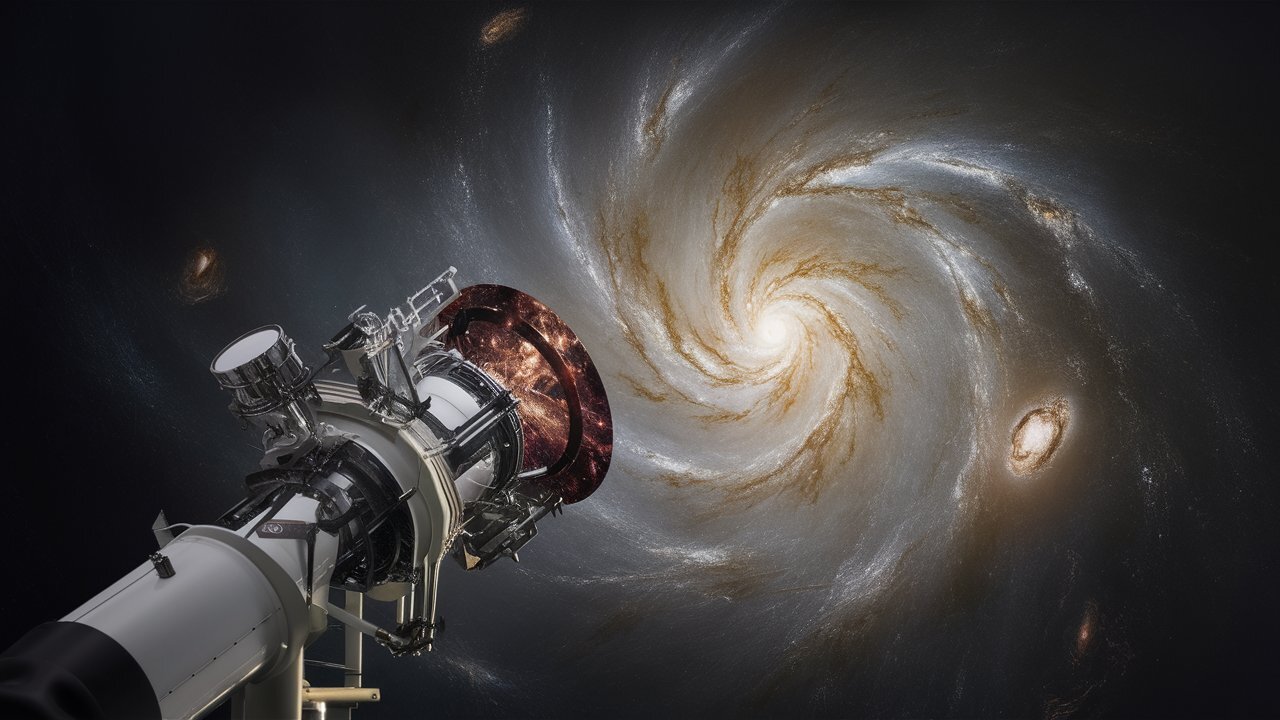Using the JWST NIRSpec instrument, the team discovered three galaxies with unexpected properties: unusually old stars and supermassive black holes, in contrast to the expected youth of the universe. These findings contradict traditional models that suggest galaxies and black holes evolved simultaneously over billions of years.
Joel Leja from the University of Pennsylvania drew attention to the dense arrangement of stars in these galaxies; This contrasts sharply with the size of the Milky Way. Objects about 1,000 times smaller but equally star-rich pose a mystery about the early formation of galaxies.
Further observations aim to resolve these anomalies, examining deeper spectra to identify the sources of the emitted light (stars or black holes).
Source: Ferra
I am a professional journalist and content creator with extensive experience writing for news websites. I currently work as an author at Gadget Onus, where I specialize in covering hot news topics. My written pieces have been published on some of the biggest media outlets around the world, including The Guardian and BBC News.










